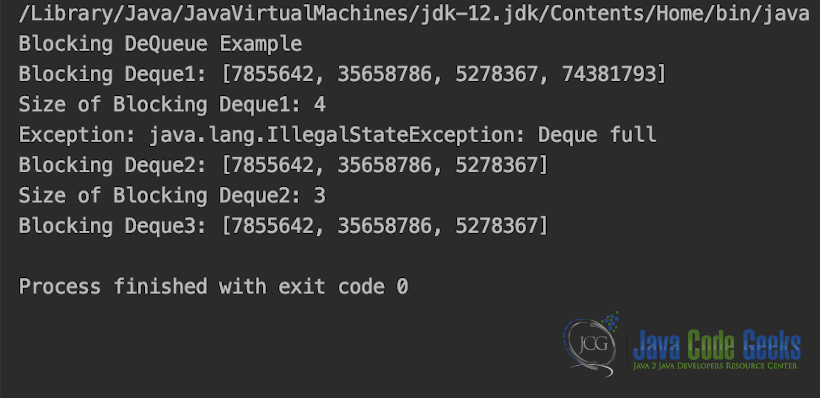

In this case, the new node will be inserted before the first node with priority less than p. There are some nodes which have priority greater than p and some which have priority less than p. Queue: The LinkedList class is the most popular Java implementation of a queue.
LinkedBlockingQueueHere is how we can create a linked blocking queue in Java: 1. In this case, the new node will be inserted at the beginning of the priority queue. In order to create a linked blocking queue, we must import the package.

All the nodes have priority queue less than p.In this case, the new node will be inserted at the end of the priority queue. There is no element whose priority is less than p.We will traverse the priority queue starting from the head node and find the first node whose priority is less than p.Therefore, the priorityQueue after insertion is:Īlgorithm for priority queue using doubly linked list If we want to push(6, 3), the appropriate place for (6,3) is just before (2,2).Note: The first element inside brackets represents the data, and the second element represents priority. the priority of element we are inserting currently in push operation. The appropriate place to insert is just before the first element whose priority is less than p i.e. In push(x,p) operation to push an elemet x with priority p, we will have to first search for an appropriate position in the priority queue and then insert the element at that position. Now, let’s implement these functions one by one. The LinkedBlockingQueue is an optionally-bounded blocking queue implementation, meaning that the queue size can be specified if needed. ConcurrentLinkedQueue in Java is an unbounded thread-safe queue which stores its elements as linked nodes.

By doing this, we can do the peek() operation in O(1) time.įor the push() operation, we have to find a suitable position based upon the priority to insert the current node in the linked list so that the overall order of the priority queue is maintained. ConcurrentLinkedQueue in Java implements Queue interface and it was added in Java 5 along with other concurrent utilities like CyclicBarrier, CountDownLatch, Semaphore, ConcurrentHashMap etc. That means the list will be sorted in the descending order of the elements based on their priority. Now what we are going to do is, create a doubly linked list, but with a few tweaks such that the highest priority element will always be the head of the linked list.

Declare a queue q2 that refers to a new linked queue.
LINKED QUEUE JAVA CODE
Peek(): This function returns the element with the highest priority in the priority queue without removing it. Write Java code to accomplish these tasks: (a) (b) (c) (d) Remove and print every item in s until. Pop(): This function removes and returns the element with the highest priority in the priority queue. Push(x, p): This function inserts an element x with priority p in the priority queue at the appropriate position. In this problem, we are given a set of nodes with their respective priority and our task is to implement a priority queue using a doubly linked list, which supports the following operations: Operations Now, lets just look into the program for priority queue using doubly linked list Problem Statement for priority queue using doubly linked list We have seen so many data types but in the below article we are going to learn about the abstract data type similar to a regular queue or stack in which each element is included with a priority of its own.


 0 kommentar(er)
0 kommentar(er)
